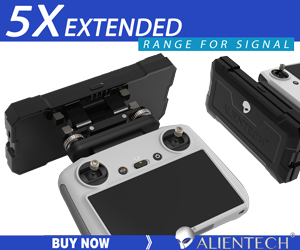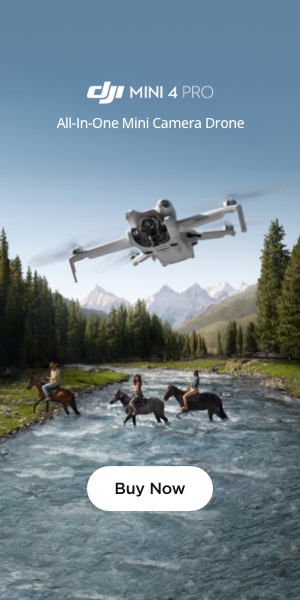You are creating a circle of confusion.
All of your statements are are absolutely correct.
My post "You get more depth of field with a wider focal length at the same aperature and distance to subject." Absolutely correct. It is covered in the afternoon on the first day of a beginning photography class, right after covering the exposure triangle.
I was comparing aperatures, same lens/camera/setting, not the physical size of the aperature. Your example with the 500mm proves that. At 15mm opening the aperature would be f32.
Not so oddly this makes his statement still incorrect, yours and my post correct.
Ok, so I’ve so been drinking again… and now able to recall my train of thought here…
I just want to start by saying, we all knew what you meant. None of this should be taken as I don’t think you know what you are talking about. I know you do, but because you corrected someone on a technicality you’ve opened yourself up to some, all in good fun, jabs on the technical correctness of your statement especially at 3am after a night of drinking.
“You get more depth of field with a wider focal length at the same aperature and distance to subject.”
As a stand alone statement this is only true if you have the same sensor size and by aperture you mean f-number. So not “absolutely” true.
When comparing the dof of different camera systems with different sensors sizes, as we are in this thread, you can’t sweep circle of confusion under the rug. It makes a huge difference and you could easily have a situation where a wider lens has less DoF at the same f-number and distance from the subject.
F-number is a value of how much light is able to pass through a lens and can only be used as a stand in for aperture when comparing two lenses of the same focal length. The same aperture regardless of the focal length you get approximately the same dof, all else the same.
To
@anotherlab ‘s point, comparatively speaking the mini 5 does have a shallower depth of field to the
Mavic 2 Zoom. He clearly didn’t realize that the mini 5 had a larger sensor and how that changes the lens system which is why you are currently getting trolled due to flat out calling him wrong. lol There was some nuance he missed in
@Meta4 ‘s comment but I wouldn’t call him wrong.
Not your fault but I also just take issue with the idea of teaching that focal length plays a direct role in depth of field. It plays a role but not a direct one. Field of view plays a role in magnification which is a function of focal length, sensor size, and distance from subject. Physics also limits the absolute size of aperture to a function of the focal length but it’s not a direct relationship. When you are taught that it’s the absolute size of the aperture, instead, you can easily compare the relative depth of field of different lenses by simply taking the focal length divided by the f-number because the absolute size of the aperture is the more direct and independent factor in dof.
Well lost my buzz now so will go back to watching football and pour one for ya











